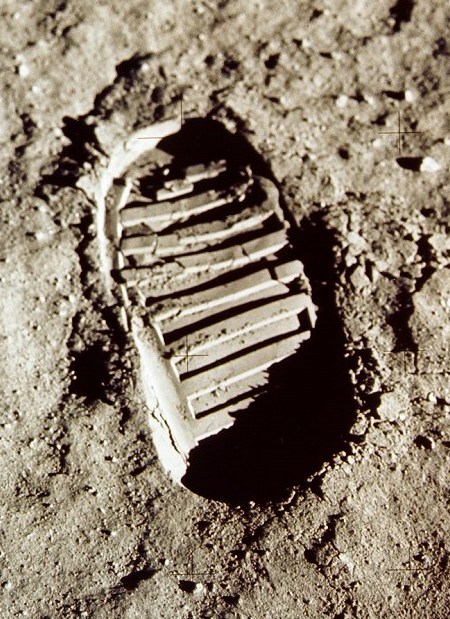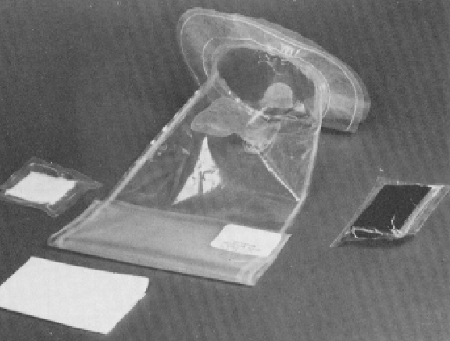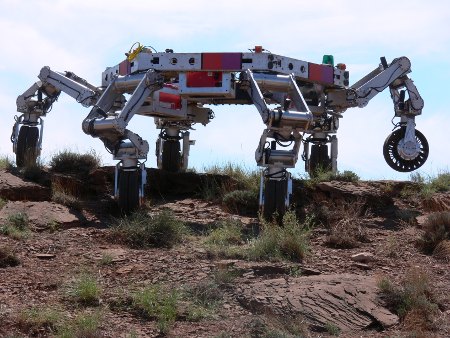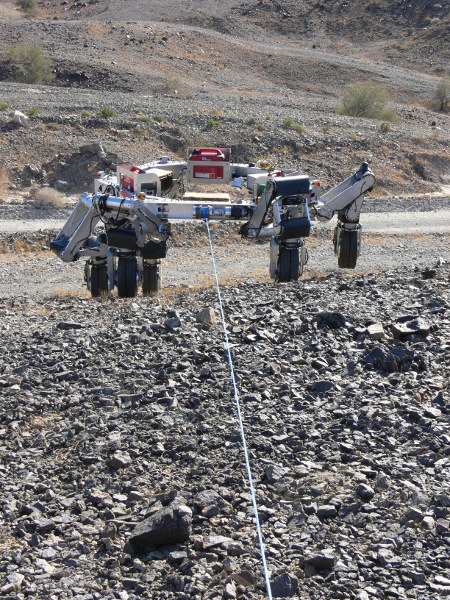The word “eclipse” is a general astronomical term that applies to any situation in which the view of one object is blocked by another, caused either by the second object’s shadow falling over the first, or by the second object coming in between the first object and the observer.
In general use the term eclipse usually applies to one of two situations: a solar eclipse, in which the Moon obscures our view of the Sun; or a lunar eclipse in which the Earth’s shadow falls over the Moon. The planes in which the Earth orbits the Sun and which the Moon orbits the Earth are at an angle to each other, which is why there is not a total solar eclipse once every month.
There are three types of solar eclipse:
- A total eclipse, in which the Moon appears the same size as the Sun and blocks light from it completely.
- An annular eclipse, in which the Moon passes between the Sun and the Earth but because of the relative distances of each it appears slightly smaller than the Sun, causing a ring of light to appear.
- A partial eclipse, in which the orbits of the Moon and Sun are such that the Moon only covers only part of the Sun.
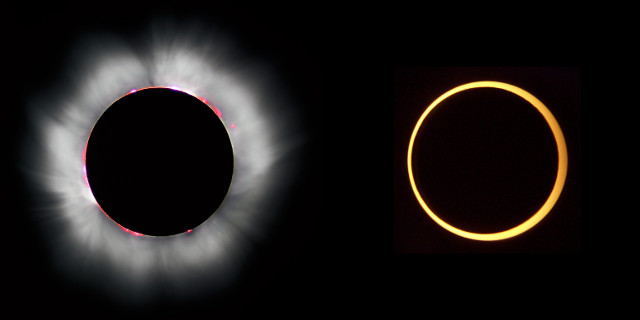
A comparison of a total solar eclipse (left) and an annular eclipse (right). Only in the case of a total solar eclipse is the Sun’s corona (the white “cloud”) visible.
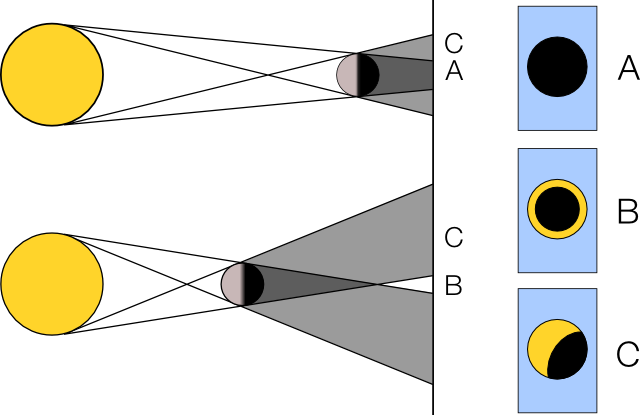
A diagram showing how the three different types of eclipse are formed.
There are also hybrid eclipses, which appear as total eclipses to some parts of the Earth and an annular eclipse to other parts. These are very rare, with the most recent in April 2005 and visible mainly from the Pacific Ocean and also Costa Rica, Panama, Colombia and Venezuela; and the next to occur in November 2013, visible from Central Africa (Gabon, Congo, Democratic Republic of the Congo, Uganda, Kenya, Ethiopia and Somalia).

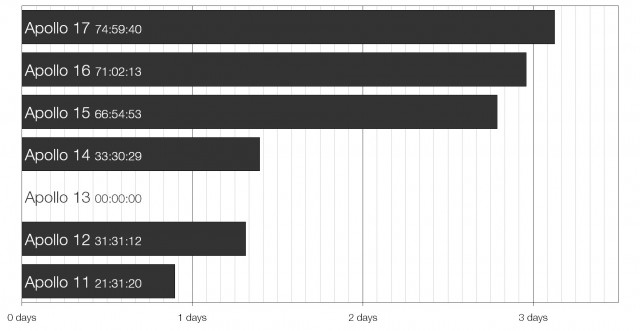
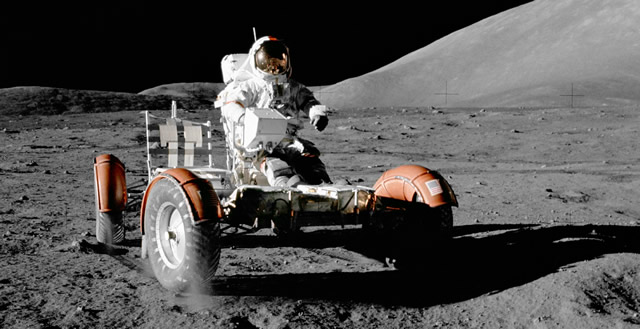 Gene Cernan cruising the lunar surface in the lunar rover
Gene Cernan cruising the lunar surface in the lunar rover